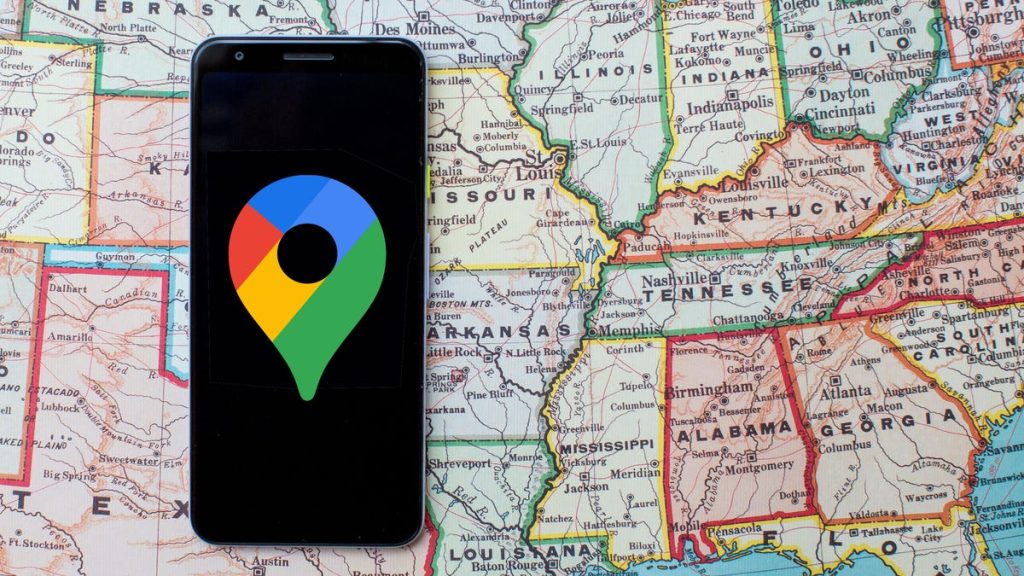The upcoming total solar eclipse on April 8 is expected to draw millions of visitors to a narrow path of visibility stretching across the US. Local officials are warning that there may be disruptions in phone service due to the sheer number of people in one place. This could pose challenges for individuals trying to navigate crowded areas without access to the internet. To mitigate this issue, it is recommended to download offline maps on Google Maps before the trip to ensure access to necessary navigation tools.
To download a map offline on Google Maps, users can open the app on iOS or Android, tap on their profile picture, and select Offline maps. From there, they can choose a specific area to download within a rectangle border, ensuring they have access to the map even without internet connection. Users can download multiple areas offline, but each map is limited to 250 MB in size. It is important to be connected to Wi-Fi during the download process, as cellular data may not be sufficient for larger map downloads.
Once the map is downloaded, users can access it offline in the designated area. However, certain features like transit, biking, and walking directions are only available when connected to the internet. Offline maps provide a general idea of travel times and routes, but may not be as precise as real-time Google Maps data. Users will see a cloud icon with a line through it when using an offline map, indicating that they are not connected to the internet.
In preparation for the solar eclipse and potential phone service disruptions, downloading offline maps can help ensure that individuals have access to navigation tools in crowded areas. By following the steps outlined in this guide, users can download specific areas on Google Maps before their trip, allowing them to navigate unfamiliar locations without relying on internet connectivity. This strategy can be particularly useful for those planning to view the eclipse in areas with large crowds and limited phone service.


